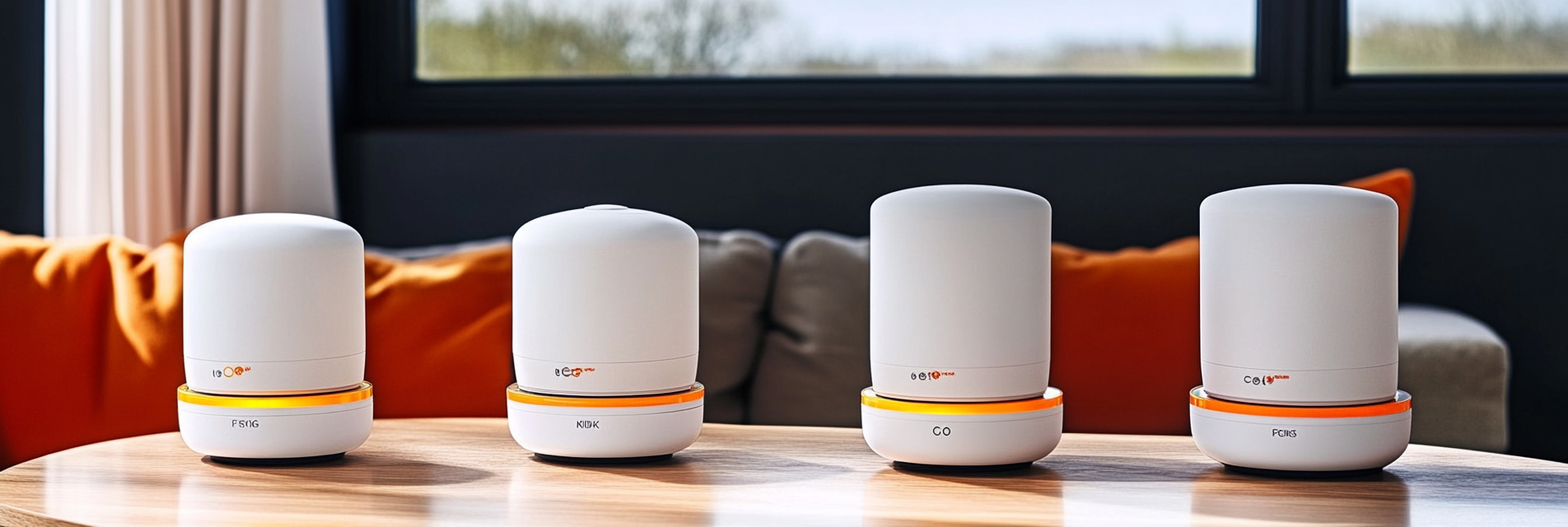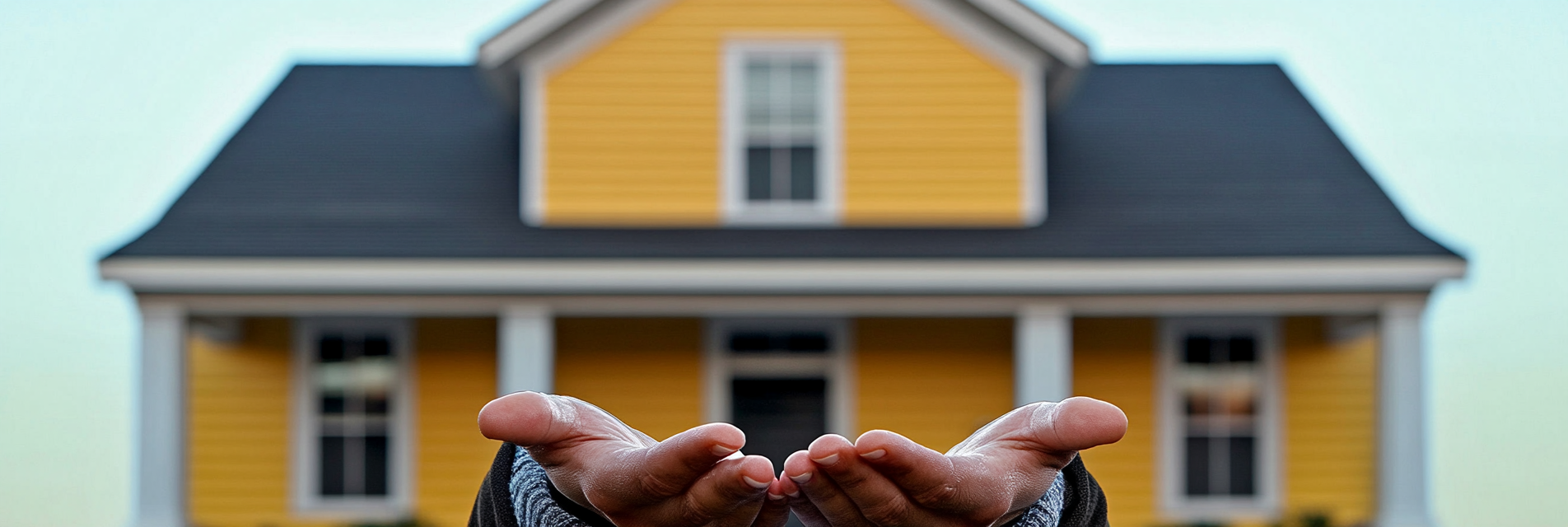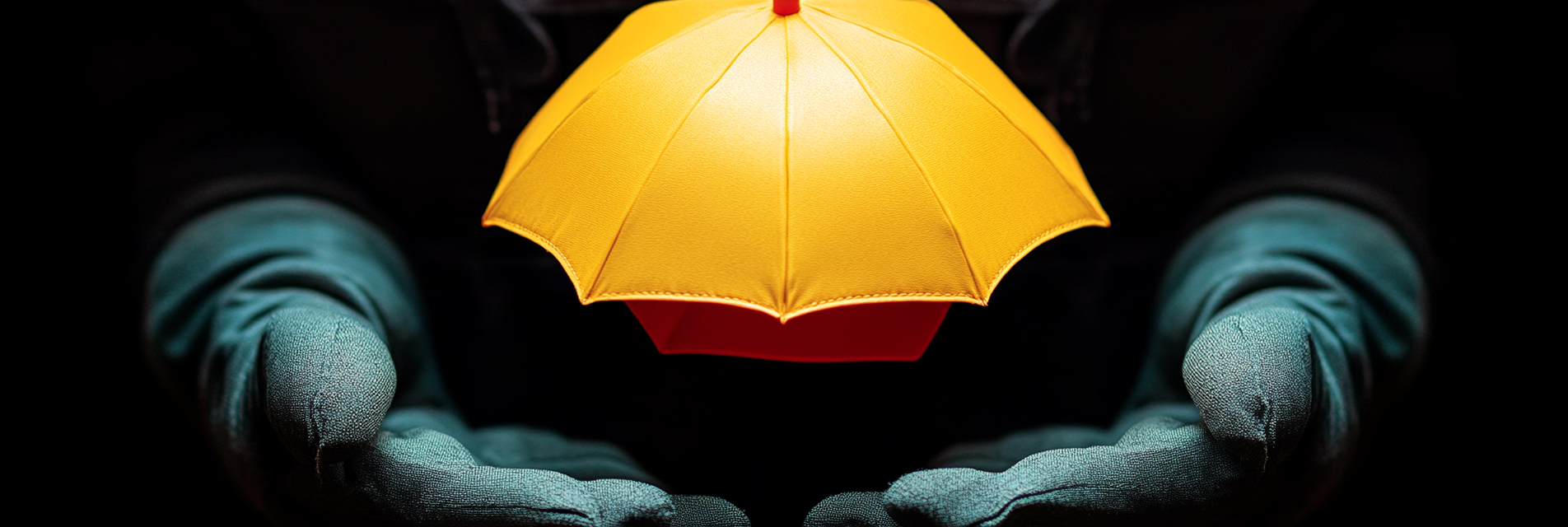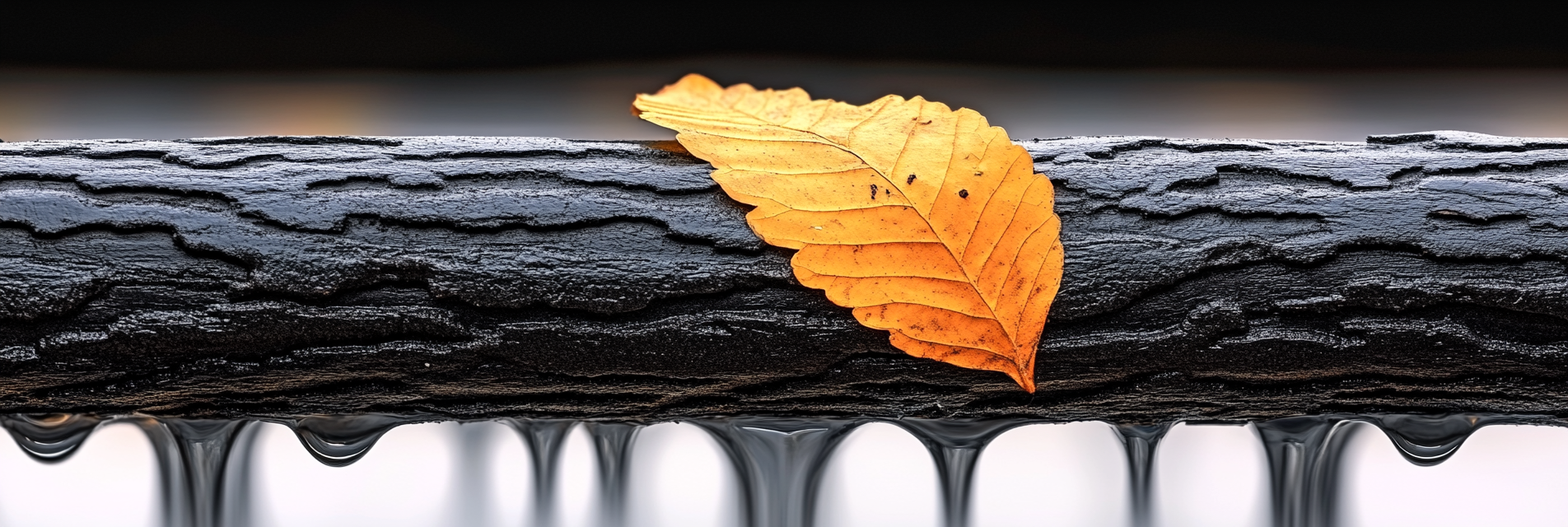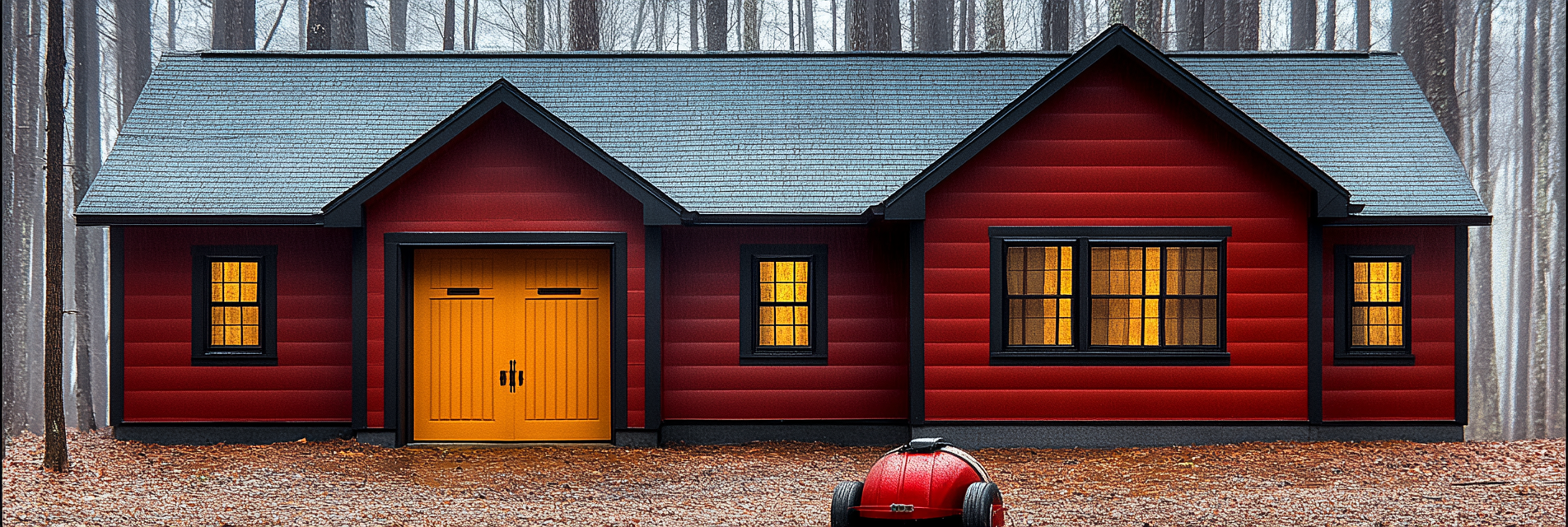Smoke and carbon monoxide (CO) detectors are essential safety devices that provide early warnings for potentially life-threatening situations. With advancements in technology, the options available now range from basic models to smart, interconnected devices. This guide covers how to choose the right smoke and CO detectors, product recommendations, and tips for installation and maintenance to ensure your home is protected.
1. The Importance of Smoke and CO Detectors
Smoke and CO detectors save lives by providing early warnings. Smoke detectors sense the presence of smoke, while CO detectors alert you to the buildup of carbon monoxide, an odorless, colorless gas that can be deadly.
Use Case Scenario: A small fire starts in the basement at night, and a smoke detector activates, waking the family and giving them time to evacuate. In another case, a faulty heater releases CO, and a CO detector provides an early alert before symptoms appear.
2. Types of Smoke Detectors
Understanding the types of smoke detectors helps you make an informed choice:
- Ionization Smoke Detectors: Best for detecting fast-flaming fires. They are sensitive to small particles of combustion and respond quickly to flames.
- Photoelectric Smoke Detectors: Ideal for detecting smoldering fires that produce more smoke than heat. These detectors use a light beam and sensor that triggers when smoke scatters the light.
- Dual-Sensor Smoke Detectors: Combine both ionization and photoelectric technologies for comprehensive fire detection. First Alert BRK 3120B is a top-rated dual-sensor detector for homes.
Product Tip: For reliable performance, consider Kidde PI9010 for a photoelectric-only option and First Alert 9120B for ionization.
3. Types of Carbon Monoxide Detectors
CO detectors come in various forms, each suited for different needs:
- Standalone CO Detectors: Basic models that only detect CO. Kidde Nighthawk AC Plug-In CO Detector is reliable and easy to install.
- Combination Smoke and CO Detectors: Save space and provide dual protection. The Nest Protect is a popular smart device that detects both smoke and CO, sends alerts to your phone, and integrates with other smart home devices.
- Digital Display Detectors: These models show real-time CO levels, allowing you to monitor increases even before they reach dangerous levels.
4. Smart Detectors: The Next Level of Home Safety
Smart detectors offer enhanced features such as smartphone notifications, self-testing capabilities, and integration with home automation systems.
- Google Nest Protect: Connects to Wi-Fi and provides alerts to your phone, even when you’re not home. It has a voice alert system that tells you the type and location of the danger.
- First Alert Onelink Safe & Sound: Combines smoke and CO detection with Alexa-enabled capabilities and quality audio for home use.
Use Case Scenario: If you’re away on vacation and a smart smoke detector senses a problem, you’ll receive an alert on your phone, allowing you to call emergency services remotely.
5. Placement and Installation Tips
Proper placement of detectors is essential for maximum effectiveness:
- Smoke Detectors: Install on every level of your home, including the basement and in each bedroom. Place detectors high on walls or ceilings, as smoke rises.
- CO Detectors: Install near sleeping areas and on each level of your home. CO mixes evenly with air, so mid-wall placement is suitable.
- Combination Detectors: Place in key areas like hallways outside bedrooms and in shared living spaces.
Installation Tip: Ensure detectors are at least 10 feet from cooking appliances and bathrooms to avoid false alarms from steam or cooking smoke.
6. Power Source Options
Choose the power source that fits your needs:
- Battery-Powered: Easy to install and relocate. Ideal for homes without hardwired systems. Regularly check and replace batteries for continued reliability.
- Hardwired with Battery Backup: These are connected to your home’s electrical system and have a backup battery for power outages. First Alert BRK 3120B offers this setup with dual-sensor capabilities.
- Sealed Lithium Battery Models: Provide long-term protection with batteries that last up to 10 years. Kidde Worry-Free Smoke and CO Detector is a great example, eliminating the need for regular battery changes.
7. Maintenance and Testing
Routine maintenance ensures that your detectors function properly:
- Monthly Testing: Press the test button on each detector to verify it is working.
- Battery Replacement: Change batteries at least once a year, or follow manufacturer guidelines for sealed models.
- Cleaning: Vacuum or dust detectors periodically to prevent false alarms caused by debris.
- Replacement Schedule: Replace smoke detectors every 10 years and CO detectors every 5 to 7 years, or as recommended by the manufacturer.
8. What to Do When an Alarm Sounds
Every household member should know what to do when an alarm activates:
- Smoke Alarm: Evacuate immediately and follow your escape plan. Call 911 once safely outside.
- CO Alarm: Turn off potential CO sources (e.g., furnace, gas stove), open windows for ventilation, and evacuate if levels are high. Contact emergency services and do not re-enter until it is deemed safe.
9. Integrating Detectors with Your Home Safety Plan
Your smoke and CO detectors are just one part of your overall home safety plan:
- Fire Escape Plan: Practice fire drills at least twice a year to ensure everyone knows how to exit safely.
- Emergency Kit: Keep a kit with essentials like water, a flashlight, and a first aid kit near your designated meeting spot.
- Interconnected Detectors: Consider interconnected systems where all alarms sound if one is triggered. This is particularly useful for larger homes.
10. Additional Safety Equipment
Complement your detectors with:
- Fire Extinguishers: Place a Class ABC fire extinguisher in high-risk areas like the kitchen and garage.
- Fire Blankets: Keep a fire blanket nearby for quick response to small fires.
- Emergency Lighting: Use battery-operated LED lights for visibility during power outages.
Conclusion
Selecting and properly installing smoke and carbon monoxide detectors are essential steps in ensuring your home is protected. Regular testing, maintenance, and integration with a comprehensive safety plan can make all the difference in an emergency. Paul Lindberg’s Dryer Fire Fighters advocates for proactive fire safety measures to keep families safe and informed.
Serving the communities of:
Kennewick | Pasco | Richland | West Richland | Finley | Burbank | Benton City | Prosser | Grandview | Connell
As the sole certified dryer exhaust technician recognized by CSIA.org in the Tri-Cities area, Paul brings a wealth of expertise to fire prevention. His primary focus lies in addressing the root cause of many residential fires: lint buildup in dryer cavities and vents. Through rigorous inspections and thorough cleanings, Paul ensures that families and businesses can enjoy peace of mind, knowing their properties are safeguarded against fire risks.


